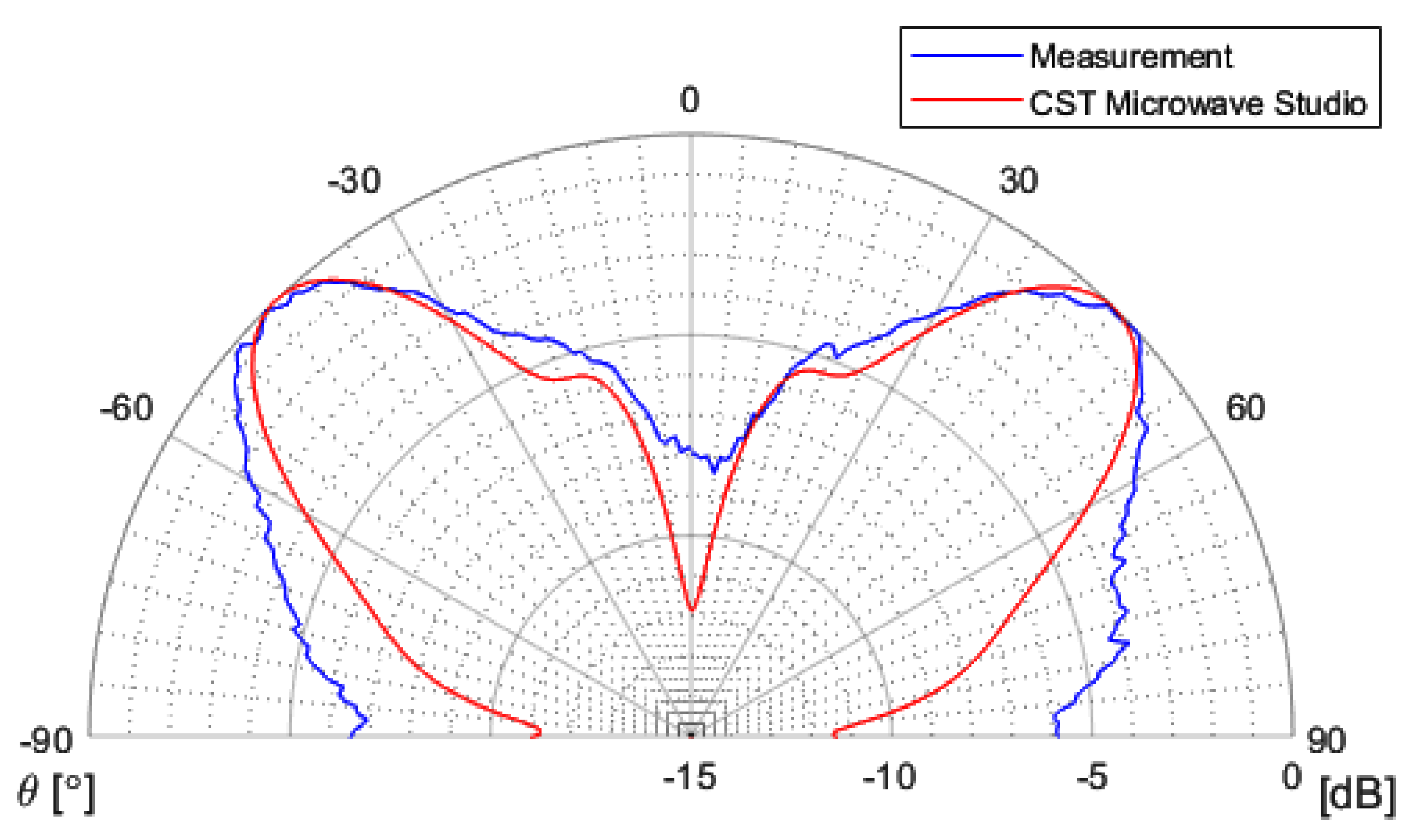

These studies have demonstrated that reconstruction stability and accuracy are greatly enhanced by using a low-frequency reconstruction (e.g., at 1.0 GHz) as a prior step to reconstructing data at higher frequencies. Our aim to design a wideband MWT system in the 1.0–3.0 GHz range is driven by our previous numerical studies for microwave breast imaging with anatomically complex numerical breast phantoms. More recently, a portable wideband system in the range 0.75–2.55 GHz was proposed for intracranial hemorrhage detection.


Wideband systems have also been proposed but mostly at higher frequencies, such as the system of 24 co-resident Vivaldi antennas operating between 3.0 and 6.0 GHz presented in. The MWT system in also uses narrowband, waveguide antennas operating at 900 MHz, which are immersed in a water solution of varying degrees of salt concentrations. These long monopoles are simple to construct and model in the MWT algorithm, but operate in a limited bandwidth and produce surface wave propagation and multipath signals, thus requiring a high loss immersion medium to improve data quality. The first MWT prototype reported in clinical trials consisted of an array of monopole antennas immersed in a lossy liquid, such as a glycerine–water solution. Imaging prototypes using radar-based methods have also been reported, e.g. Experimental prototypes have been developed and some clinical trials have been carried out. MWT techniques for medical imaging have been applied primarily to breast imaging, and their use for detection and imaging of stroke are also attracting the interest of many groups worldwide. The malignant tumor contrast can range from 10:1 for adipose to 10% for dense fibroglandular tissue in the latter case, the use of suitable, nontoxic contrast agents could provide a means of detection based on a differential imaging approach. In the case of breast cancer, for example, the cancerous tissue contrast depends on the density of the healthy tissue surrounding the tumor. Reconstructing the dielectric profile of a region inside the human body to detect a pathological condition exploits the possibility of a significant dielectric contrast between healthy and disease-affected tissues. The dielectric properties of tissues have been extensively studied and reported in the literature see, for example, the early studies in. Microwave tomographic (MWT) methods for medical imaging estimate the spatial distribution of dielectric properties in a tissue region by solving an electromagnetic (EM) inverse scattering problem.


 0 kommentar(er)
0 kommentar(er)
